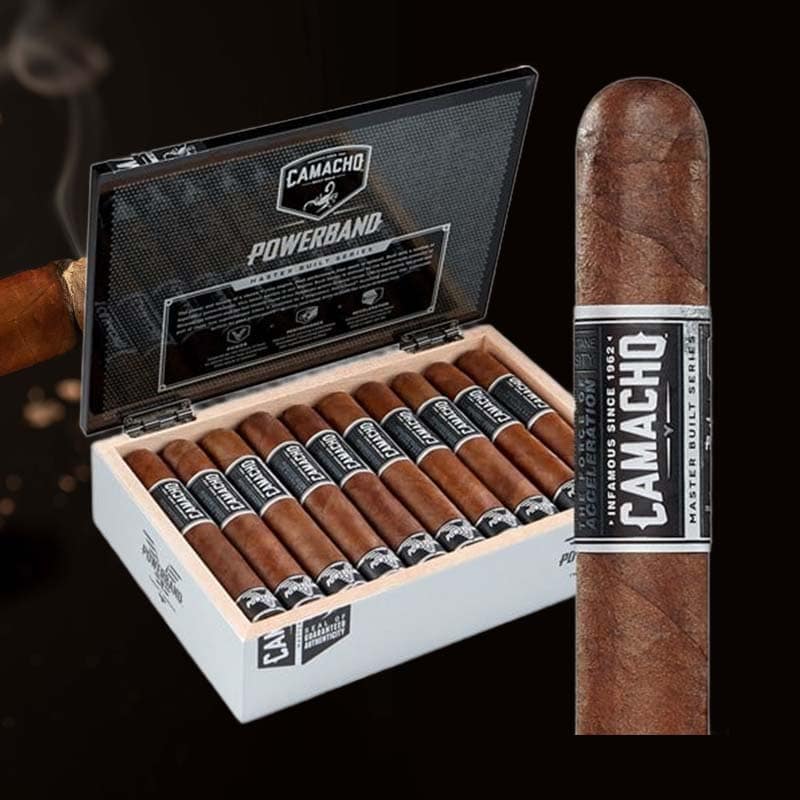How do you refill a torch lighter with butane
How Do You Refill a Torch Lighter with Butane?
Refilling a torch lighter with butane might seem daunting, especially if you’re new to the world of lighters. I remember the first time I had to refill one—it was a mix of excitement and a little anxiety. It felt like a rite of passage! This guide takes you through every step of the process, so you can refill your lighter confidently and safely.
1. Prepare Your Work Area
Before diving into the refilling process, it’s crucial to set up your workspace correctly. Find a clean, flat surface free from clutter. I usually prefer to work outside or in a garage, where I can avoid any mess indoors. Having everything organized helps keep distractions at bay and ensures a smooth refill.
2. Allow the Lighter to Cool
Next up, you must ensure your torch lighter is cool to the touch. If you’ve just used it, give it a few minutes to cool down to avoid burns. I often use this time to get my tools in order, creating a little pre-refill ritual that calms my nerves.
3. Adjust the Flame to the Lowest Setting
Before I start refilling, I always turn the flame adjustment screw to the lowest setting. This precaution prevents any excess butane from escaping during the refill process, making it smoother. It’s like making sure you’re in the right gear before the journey!
4. Release Any Remaining Gas
With the flame set low, I gently press the refill valve (usually at the bottom) to release any residual gas. Sometimes it makes a hissing sound, which is normal. This step is essential to ensure the lighter accepts the new butane without complications.
5. Refill with Premium Butane
Now comes the moment I’ve been waiting for: refilling with butane! I choose a high-quality butane canister—nothing beats premium fuel for optimal performance. Align the nozzle of the butane canister with the refill valve on the lighter, press down firmly, and allow the butane to flow in. I always keep an eye on the timer; about 5-10 seconds is usually enough before removing it.
6. Let the Lighter Rest
After refilling, I let the lighter sit for a few minutes. This rest allows the butane to stabilize within the lighter and helps prevent any unexpected flare-ups when I ignite it again. Patience is key!
7. Adjust the Flame Height and Test
Finally, I adjust the flame back to my desired height. Testing the lighter is always a thrilling moment; I ignite it and enjoy the satisfying whoosh of the flame. If it ignites comfortably, I know I’ve done a great job; if not, a few tweaks might be necessary!
Tools You Need to Refill Your Butane Lighter
1. Quality Butane Canister
Using premium butane ensures optimal performance and a cleaner burn, reducing the risk of soot buildup in your lighter.
2. Plastic Tool for Refill Valve
A plastic tool or even a small screwdriver can make the process easier, helping to apply the correct pressure to the refill valve.
3. Cleaning Cloth
Having a cloth handy for any spills or clean-up during the refilling process is always a good idea. Cleanliness is part of good lighter maintenance!
Safety Considerations When Refilling
1. Work in a Well-Ventilated Area
Ensuring proper ventilation while refilling your lighter is essential. I prefer working outside to avoid inhaling fumes, which can be harmful. Always prioritize safety!
2. Avoid Open Flames and Heat Sources
It’s a given, but I always remind myself to stay away from any open flames or heat sources while handling butane. Better safe than sorry!
3. Store Butane Safely
After filling my lighter, I make it a habit to store the butane canister in a cool, dry place. Safety first extends beyond the refill process.
Common Problems When Refilling a Torch Lighter
1. Lighter Not Igniting
If my lighter doesn’t ignite, I first check if it’s properly filled. Sometimes a few clicks on the ignition button can do the trick. I’ve also learned to examine the spark mechanism for any blockages.
2. Flames Too High or Low
When adjusting the flame, I often have to experiment with setting it at different levels until I find the sweet spot. It’s like finding the right balance in life!
3. Leaking Butane
If I notice any butane leakage, I immediately stop using the lighter and check the valve. A damaged valve is usually the culprit, and it needs to be replaced to avoid risks.
Butane vs. Lighter Fluid
1. Understanding the Differences
Butane is a gas that is liquefied under pressure, while lighter fluid is typically a liquid primarily based on naphtha. Each serves a different purpose, and I find that choosing the right fuel plays a big role in performance.
2. Benefits of Using Butane
One of the main advantages of butane is its ability to burn cleaner, leaving less residue. I love how my torch lighter stays cleaner longer since I’ve started using butane over traditional lighter fluid.
How to Tell if Your Torch Lighter is Refillable
1. Identifying Refillable Models
Refillable models usually have a refill valve on the bottom or side. When shopping for a new lighter, I always look for this indicator—it’s a game changer!
2. Recognizing One-Time Use Lighters
One-time use lighters don’t have refill valves and are generally much cheaper. I try to avoid them, as they contribute to waste, while refillable lighters are more economical and environmentally friendly.
Additional Tips for Maintaining Your Torch Lighter
1. Regular Cleaning
I make it a point to clean my lighter regularly. Keeping the ignition area clear of dust and residue keeps it performing at its best.
2. Checking for Blockages
Occasionally, I inspect the lighter for any blockages in the fuel and flame areas. This ensures it operates efficiently every time.
3. Storing Properly
Lastly, I always store my torch lighter in an upright position in a cool, dry place. Proper storage can extend its life significantly!
Conclusion
1. Summary of the Steps
To recap, when refilling your torch lighter with butane, remember to prepare your workspace, ensure the lighter is cool, adjust the flame, release gas, refill, let it rest, and finally test it. Simple steps, yet so rewarding!
2. Encouragement to Practice Safely
Don’t forget: safety is paramount! Always take precautions and make refilling your torch lighter a stress-free and enjoyable experience!
FAQ
How do you fill a butane torch lighter?
Fill a butane torch lighter by aligning the butane canister nozzle with the refill valve and pressing down for about 5-10 seconds, ensuring the lighter is cool and on the low flame setting.
Can all lighters be refilled with butane?
No, not all lighters can be refilled with butane. Only refillable models have a designated refill valve, while one-time use lighters are not designed for refills.
How to fill a butane lighter without an adapter?
You can fill a butane lighter without an adapter by carefully aligning the butane canister nozzle directly to the lighter’s refill valve and utilizing firm pressure.
How do you know when a butane torch is full?
A butane torch is full when you notice a slight resistance while pressing down on the canister, and a bit of butane may escape from the valve, indicating a full chamber.











